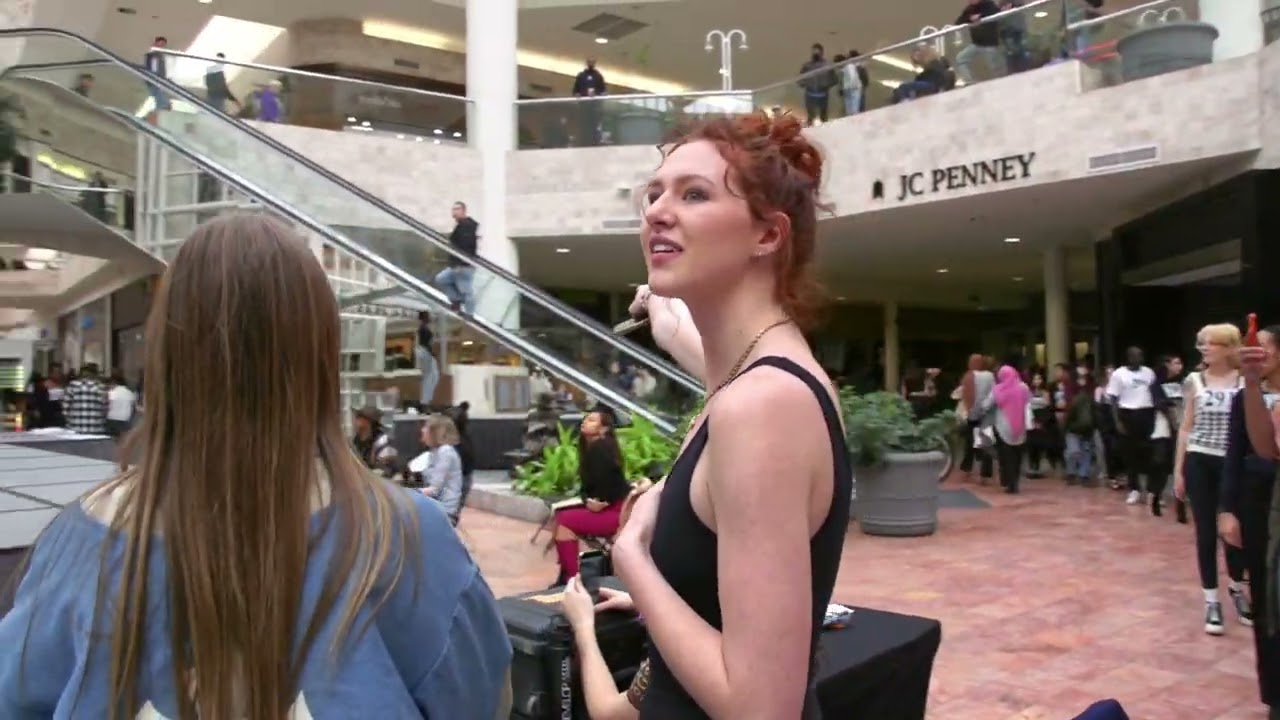Inside the World of Fashion Model Agencies

Modeling agencies are a crucial part of the fashion industry. They are responsible for cultivating models and guiding them along their career paths.
To succeed in the modeling industry, you need to understand how a fashion agency works. This includes understanding their services, expectations and industry standards. To help you get started, here are some tips to guide your way.
Insights into the Inner Workings of Fashion Model Agencies
Getting signed with a fashion model agency can be a significant step in building a modeling career. Agencies offer a variety of services to their models, including finding work, negotiating contracts and fees, booking jobs, and handling payments. They can also provide guidance and support to help models navigate the industry.
Some modeling agencies specialize in certain types of models. For example, IMG models represents some of the most famous models in the world. Their clients include Gigi Hadid, Miranda Kerr, and Tyra Banks. Other agencies may focus on specific regions or industries, such as commercial modeling or runway modeling.
Most modeling agencies are businesses, and as such, they must follow business standards and regulations. They must register with their state or country’s business bureau and maintain accurate records. They must also file taxes and pay employee payroll. In addition, they must have liability insurance to cover any accidents that occur on a job site.
An important part of running a modeling agency is networking with clients and other agents. This helps them build a client base and find new opportunities. It’s also helpful to attend modeling conferences to meet other agents and learn about the industry.
A modeling agency can be run as a sole proprietorship, partnership, or corporation. The type of structure you choose depends on your budget and experience. If you want to start a small business, you can use a simple online application to apply for a license.
Once a modeling agency is established, it must determine what type of models it wants to represent. Typically, agencies will have an online submission form on their website that requires a headshot and three-quarter to full-body photo. In addition, some agencies will hold open calls for aspiring models to showcase their talent.
Fashion model agencies are a vital part of the fashion industry. They promote clothing and accessories, assist with photo shoots, and help brands and eCommerce sites find the right models to promote their products.
Most fashion models work under exclusive contracts that last until the project is completed. These contracts can be one-time only or can be an extended agreement. Models should always read the fine print of their contract before agreeing to it.
Services
Modeling agencies help fashion designers and other people involved in a fashion show to get suitable models for their shows. The models must be able to depict the designs worn in the show and make the fashion appear exquisite to the spectators. They must also be able to walk on the ramp without falling or ruining the dress and must have good skin tone for the job. These models are hired by the modeling agencies on contract basis.
In addition to offering models and clients, modeling agencies provide a variety of other services such as marketing and accounting. To maximize profits, these businesses must create and implement effective marketing strategies that target their specific audience. For example, a fashion agency that specializes in plus-size models may market its services to these consumers using social media and search engine optimization.
To attract and retain customers, a modeling agency must provide excellent customer service. This includes promptly addressing problems and answering questions. Modeling agencies must also ensure that their business processes are efficient and cost-effective. This is achieved by implementing software solutions that streamline business operations and increase profitability. Modeling agencies should also take out adequate insurance policies to cover any potential risks or damages.
Some of the key elements that a modeling agency needs to have include a business plan, a management team and a budget. The business plan will detail the mission of the company, the products and services offered, and the projected growth of the business. It will also determine the startup costs and staffing requirements.
The management team should consist of individuals who have experience in the fashion industry. This is important because the agency will rely on them to make sound decisions. The management team will also need to develop an effective marketing strategy to promote the business and increase its revenue.
A business plan is an essential tool for starting a fashion modeling agency. It will help you identify your target market and determine your unique selling points. The plan will also guide you in establishing business processes and creating a marketing campaign to reach your target market.
Expectations
Modeling agencies help to satisfy the needs of fashion designers, photographers, and ad agencies by finding models for their projects. Agencies are responsible for scouting talent, counseling models to increase their marketability and promoting them to clients, according to the Bureau of Labor Statistics. The agency also books the model’s work and tracks income and expenses.
The first step for a prospective model to take is to find a reputable modeling agency that represents the type of modeling she wants to do. Then she must submit photos to the agency that showcase her beauty and body type. The best digitals are ones that show her face and full body with minimal makeup, a natural backdrop, and a plain outfit.
A good way to research an agency is to check out its website, read online reviews and browse social media sites for images of the types of models they represent. Then she should contact the agency to see if she can set up an in-person meeting, which is called a “go-see.” The go-see is basically an interview, so she should do her homework by brushing up on the latest fashion designers, who’s who among prominent supermodels and what trends are happening now.
If she’s lucky enough to get a callback, the model must prepare her portfolio, also known as a book. The book should include one head shot and three-quarter to full-body shots of her with minimal makeup, a simple hairstyle, and a neutral or natural background. The book should then be bound in a folder or binder with the model’s name and contact information written on it.
The model’s book should be updated on a regular basis, and she should keep in touch with her agent by phone or email to let him know of any changes or additions. Also, she should carry her portfolio with her at all times and be ready to attend a go-see or open call when needed.
Depending on the model’s market, she may need to have other special skills or qualifications to be booked. For example, if she’s a runway model, her height and measurements must meet the requirements of the designer for whom she’s going to appear. In addition, she may need to be able to speak multiple languages to promote herself internationally. Other models may need to be able to make jewelry or other crafts.
Industry Standards
Even as many advocates for a more diverse fashion industry push for a broader range of body types to grace the pages of magazines and walk the runway, modelling requirements appear to remain fairly constant. Generally, models must be over 16 and adhere to certain height, age and measurement standards, unless they specialise in niche areas such as lingerie or swimwear modelling.
For example, a lingerie model must be at least 5’9″, and her measurements – bust, waist and hips – should fall within a specific range for editorial and catalogue work. The same applies to the swimwear models who work for the likes of Sports Illustrated.
Those who have the right look and fit for the various fashion modelling requirements are invited to attend casting calls, or go-sees. These are usually organised by agencies and can take place either in person or via video conference. For these in-person meetings, models are expected to bring a call card with their clothing size, shoes and measurements listed and to stand (or walk, if it’s a runway job) while the casting director assesses them.
Once the agency has decided on which models to represent, a booking agent – also known as a booker – organises jobs. This can be done in person, where a model visits the client’s studio or office to show their portfolio, or it is often done via email between the booker and the prospective clients. Occasionally, a polaroid photo or digital file is used to show a potential client exactly what the model looks like in natural light.
Some models are required to do fittings for their clients – this involves putting on clothes and trying them out on to see what looks best. The model is then billed for this time, which is considered a part of the modelling gig.
Drama follows models wherever they go, whether it’s an upset family member who can’t understand the art of exposing a nipple, or a team on set that just doesn’t seem to know how much touching is socially acceptable. Some photographers and cinematographers don’t speak to their models at all, while others shout, make small talk or seduce their subjects – it all depends on what kind of image the shoot is aiming for.




















